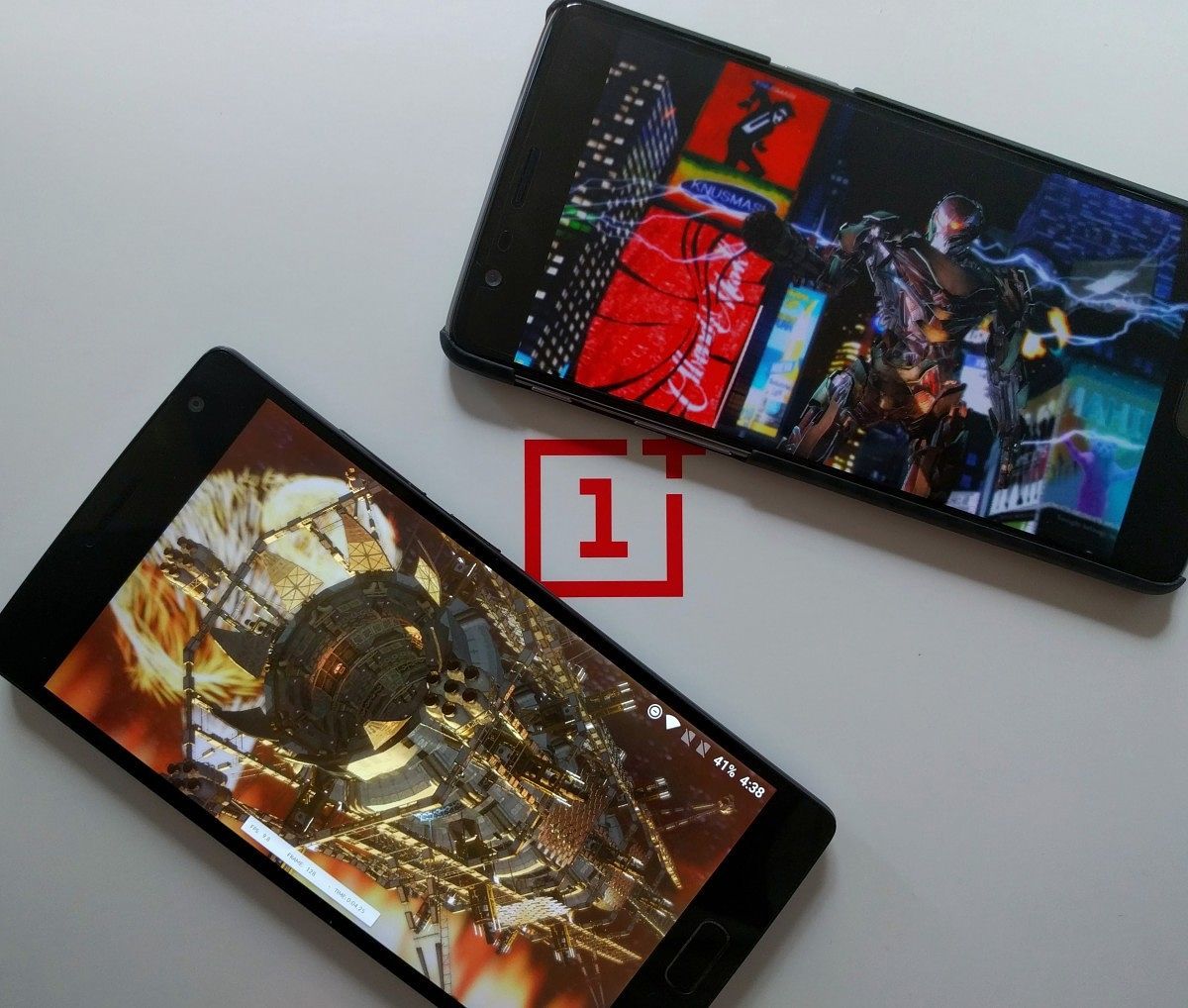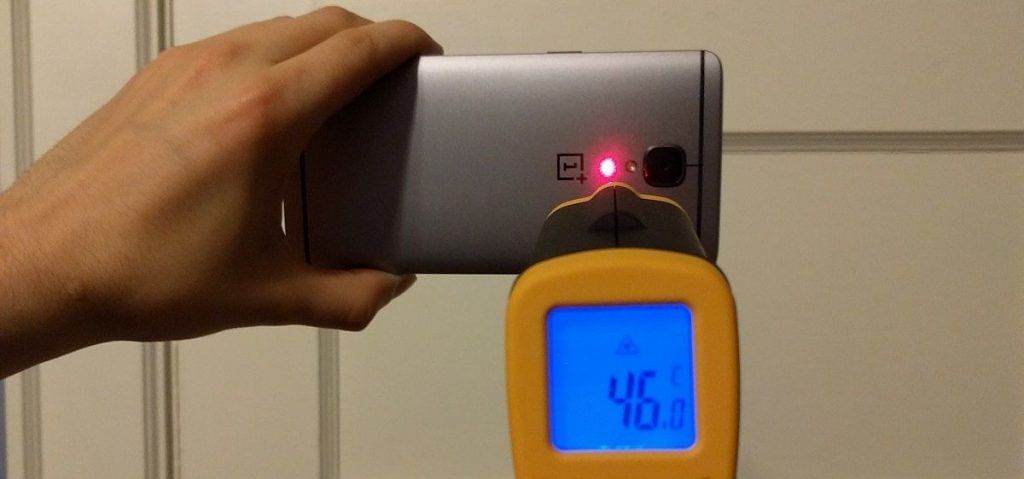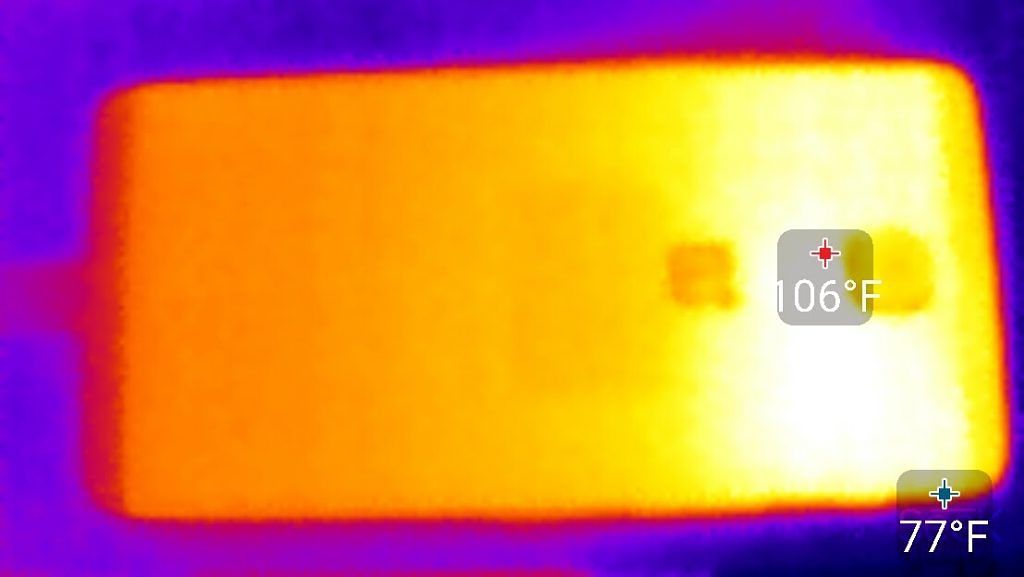A few days ago we took a quick look at the issues behind the RAM management of the OnePlus 3, a hot topic surrounding the phone’s performance. What’s seemingly not a big topic, nor a hot one, is the phone’s Snapdragon 820 processor’s performance.
The conclusion may have been spoiled already, but in preliminary testing for our upcoming review, I found the OnePlus 3 to be an outstanding performer. Before getting into the details, it’s worth pointing out that the OnePlus 3 had big expectations to fulfill. Its predecessor, the OnePlus 2, hit the market with a Snapdragon 810 that was underclocked and, ultimately, badly implemented -- so it was that we found it to be one of the worst Snapdragon 810 devices due to its severe throttling and heat output. Despite numerous software updates, the OnePlus 2 remains one of the worst Snapdragon 810 performers, if not the worst, even when a big part of the issue was OnePlus' management of the processor. The OnePlus 3 is matched against many flagships bearing its same chipset, but the tables have turned this time around.
This is not the first in-depth look we’ve published on a Snapdragon 820 device's throttling, but this time we are slightly narrowing the focus. The following is an analysis of temperature and performance-over-time, primarily between the OnePlus 3 and the OnePlus 2 to showcase just how big of an improvement OnePlus has achieved with its new hardware configuration. We’ll also show other devices for reference when useful, noting whatever nuances apply.
Beginning with CPU-centric tests, we’ve tested the Snapdragon 820’s Kryo cores against the A57+A53 configuration of the Snapdragon 810 in the OnePlus 2. For reference, we’ve also included the same test on the Nexus 6P. All devices began the consecutive benchmarks at the same outer-body temperature (29°C | 84.2°F) and on the same surface. The OnePlus 2 throttled significantly with its GeekBench multi core going from 4810 to 2327, and its single core score dropping from 1142 to 669. The temperatures are listed underneath the test number, and you will see that it rose to 37.2°C | 98.96°F.
On the other hand, the OnePlus 3’s multi core score of 5619 only dropping to 5522, and the single core score from 2370 to 2357. In terms of percentages, the multi core score of the OnePlus 3 dropped by less than 2%, while the OnePlus 2’s number dropped by over 50% in the same number of tests.
For reference, the HTC 10 bearing the same Snapdragon 820 dropped almost 6% in multi core score. The peak temperature on the OnePlus 3 was achieved on the tenth test, with a maximum of 33.8°C | 92.84°F, while the OnePlus 2 surpassed that number by the fifth test and peaked at 37.2°C | 98.96°F, the hottest in this set of results. The OnePlus 3 also bests the Galaxy S7 Edge that we had previously analyzed, and marks itself as one of the most efficient implementations of the Snapdragon 820.
Moving over to graphics performance and gaming, the story is very similar and just as satisfying. We’ve taken the OnePlus 3 and OnePlus 2 on a variety of GPU-centric benchmarks including 3DMark (Slingshot, onscreen) and GFXBench (Manhattan 3.1 and T-Rex). Once again we ran these tests consecutively to see how they fared under such heavy loads. It’s absolutely worth noting, however, that the OnePlus 3 has an intrinsic benefit over other Snapdragon 820 devices due to its 1080p resolution, which gives it an edge on on-screen tests and also certain games (however, not all games run at the native resolution). In our full review, we will take this into account by adjusting the resolution of competing 820 devices -- in this article, we’ll use another 820 device as a baseline only for 3DMark, because this particular test is rendered at 2560 × 1440 then scaled to each device's display resolution.
Comparing the 3DMark benchmark scores with those of the Galaxy S7 Edge indicate a more significant score drop in that of the latter. In this benchmark, the OnePlus 3 outperforms every other Android smartphone we’ve tested, including other Snapdragon 820 devices like the HTC 10 and LG G5, with a score loss of 8% in the fifth test. The OnePlus 2 still sees a some performance loss (of ~21%), and its score is low to begin with as well. The biggest difference comes when comparing these two devices on GFXBench and gaming, albeit both of these are dependent on resolution meaning we must focus on comparing the OnePlus 3 to its predecessor (both 1080p).
After 30 iterations of GFXBench’s Manhattan, performance on the OnePlus 3 saw less than a 5% drop in frames while the OnePlus 2 and the Snapdragon 810 saw about a 27% drop. It’s also worth noting that the HTC 10 we reviewed a few weeks back saw a substantial performance drop during these tests - close to 30% in some cases - but that device also has a 1440p screen that requires significantly more horsepower (the OnePlus 3 scores almost twice the number of frames-per-second in this test, and the score of the HTC 10 is less than 1 frame per second shy of the S7’s, which goes to show how substantial a role resolution plays here).
In GFXBench’s T-Rex test, the OnePlus 3 performs even better: It doesn’t drop in frames significantly if at all, with our final score being a couple of frames higher than the first one in nearly every instance of the 30-test endurance sessions. Meanwhile, the OnePlus 2 loses a third of its initial score over the same number of iterations. Something we found surprising is that GFXBench had the only tests where the OnePlus 3 got hotter than the OnePlus 2 (and other devices too), yet it didn’t see the same performance drops. If anything, this goes to show that the OnePlus 3 could keep its cool under fire.
Finally, we arrive to gaming tests. While we criticized the OnePlus 2 for severe throttling during gaming performance, the OnePlus 3 shows pristine endurance. In fact, from the hours of gaming I put on this device, I can confidently say this is one of the best Android phones for gaming that I have ever tested. Let’s take a look:
Even the most demanding 3D games keep a rather consistent framerate at the FPS ceiling imposed by the developer. The only exception is Dead Trigger 2, in which certain lightning effects halved the framerate the moment the camera focuses on them -- even then, it has a more than acceptable framerate average of 42 in the end. The OnePlus 3 far surpassed my expectations in the gaming department, and the difference with the OnePlus 2 in this regard is one of the most important ones in this analysis. This is one of the few devices that manages to keep a stable framerate in GTA: San Andreas at maximum settings past the ten minute mark (its predecessor throttled just two minutes in), and that's no small feat.
This analysis is merely a fraction of the performance report coming in our full review, and it narrowly focuses on performance-over-time rather than performance relative to other devices, theoretical maximums, and (most importantly) real-world performance. That being said, focusing on performance over time is useful given you will likely use this device for a prolonged period of time at least once every day. And I’m happy to report that while all of these highly-demanding scenarios already show stable performance and relatively-cool temperatures, the real-world UX is even better, with comfortable temperatures and zippy performance.
OnePlus has made a huge leap forward with the OnePlus 3, as it managed to go from the laughing stock of a generation into a silicon gladiator. It’s nice to see the company address the issues that specifically plagued its previous device -- yet as impressive as these results are when compared to their previous flagship, the lack of a 1440p panel makes many of the results incommensurable with other flagships. We will address this by lowering the resolution on our other 820 devices and running many of these tests, but considering OnePlus 3 users have to stick with 1080p, and that many choose this device precisely because they have no need for more than 1080p, this is a good runner for the money.
Overall, we are quite content with the lack of throttling in the OnePlus 3 and the overall performance, as well as the minimal heat during daily tasks. The Dash Charger is even better, and we have some nice results to share on this topic over the coming days and in our full review. For the gamers among you, the OnePlus 3 is an excellent phone. For those that want an extremely future-proof device, this is also the right phone (especially now that we found out how to unleash its RAM). There is still a lot to talk about this device, and many surprises await us. For more in-depth coverage on the OnePlus 3, stay tuned to XDA!




